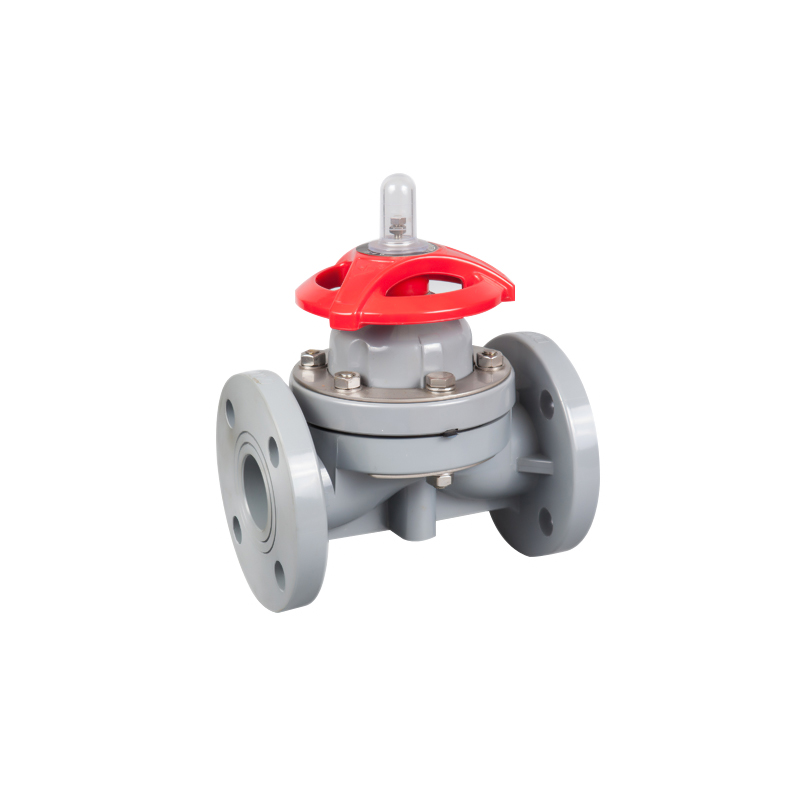Summary:Under normal circumstances, if it is not tightly closed, first confirm whether the valve is closed in place. If it has b...
Under normal circumstances, if it is not tightly closed, first confirm whether the valve is closed in place. If it has been closed in place, there is still leakage and cannot be sealed, then check the sealing surface. The sealing pair of some valves are removable, so take it out for grinding and test again. If it is still not closed tightly, it must be returned to the factory for maintenance or replacement of the valve, so as not to affect the normal use of the valve and the occurrence of working conditions accidents, and other problems.
The reasons for the
valve not closing tightly are generally as follows:
1. There are impurities stuck on the sealing surface, and the debris is deposited at the bottom of the valve or cushioned between the valve disc and the valve seat.
2. The medium used has a crystallization phenomenon.
3. The sealing surface of the valve is damaged, resulting in leakage of the medium.
4. The valve stem and the valve disc are not well connected so the valve disc and the valve seat can not be in close contact with the deflection.
The treatment method of the valve is not closed tightly:
1. There are impurities stuck on the sealing surface of the valve: sometimes the valve is suddenly not closed tightly. It may be that there are impurities stuck between the sealing surfaces of the valve. At this time, it should not be forced to close, but the valve should be opened slightly, and then try to close again, repeatedly Try it, it can be ruled out in general, otherwise, it should be checked again. The quality of the media should also be kept clean.
2. The valve stem thread is rusted: Usually the valve in the open state is closed by accident because the valve stem thread has been rusted, and the valve is not tightly closed. In this case, the valve can be opened and closed several times, that is, the valve can be closed tightly, and there is no need to grind and repair the valve.
3. The sealing surface of the valve is damaged: For the case where the switch is still not tightly closed after trying many times, that is, the sealing surface is damaged, or the sealing surface is damaged by corrosion, particle scratches in the medium, etc., which should be reported for repair. deal with.
4. The valve stem and valve disc are not well connected: in this case, it is necessary to add lubricating oil to the valve stem and valve stem nut to ensure the flexible switching of the valve. There must be a set of formal maintenance programs to strengthen the maintenance of valves.


